Kota Bharu: How Imperial Japan Conquered British Malaya in the Most Unlikely Way
Just 70 minutes before the Imperial Japanese Navy Air Service commenced an attack on the United States naval base Pearl Harbor, another equally horrific battle was ensuing on the British island of Malaya. Shortly after midnight on December 8, 1941 soldiers patrolling the shores of Kota Bharu – the British and Australian airbase for operations in Northern Malaya – noticed three large ships in the distance.
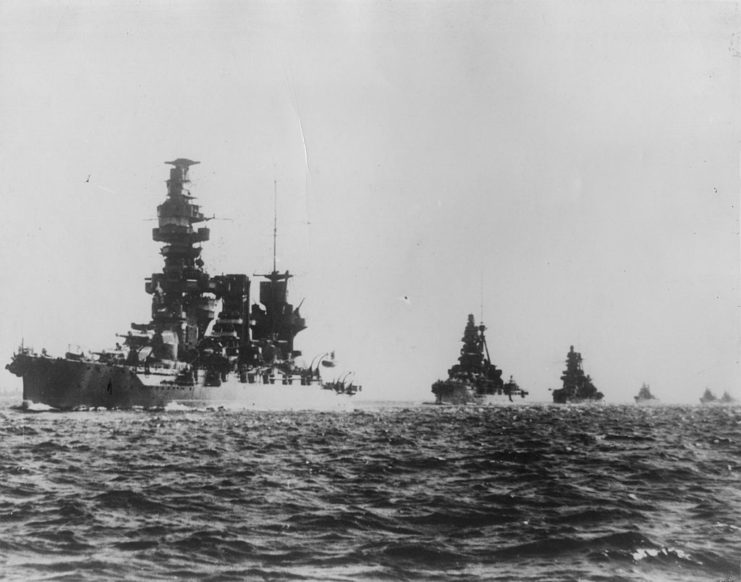
These ships, the Awazisan Maru, Ayatosan Maru, and Sakura Maru, held over 5,000 troops who were quickly preparing to storm Malaya around 12:30 am. At the same time, Japanese carrier planes were less than an hour away from reaching Pearl Harbor.
The defending force in Malaya was the 8th Indian Infantry Brigade, supported by four Mountain Howitzers, and the 3.17th Dogra Regiment. The 73rd Field Battery of the 5th Field Regiment of Royal Artillery was also nearby at a neighboring airfield. The beaches surrounding the island were fortified with mines, trenches, and barbed wire.
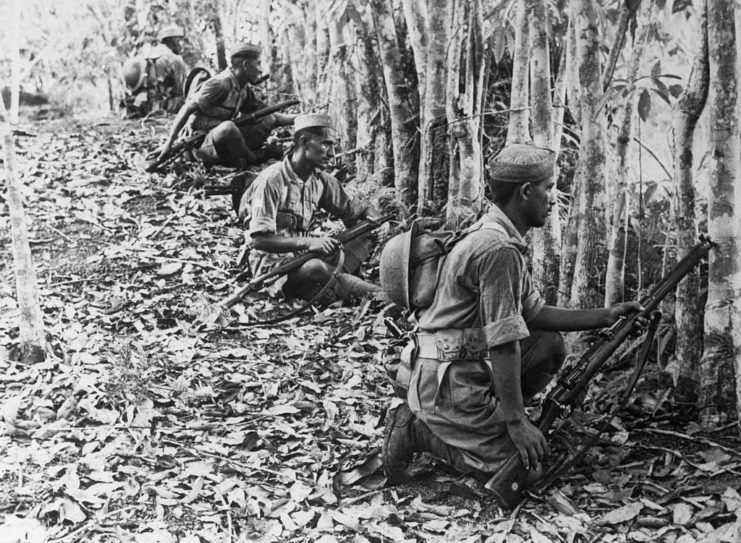
Pillboxes stationed along the beaches of Kota Bharu opened fire on the ensuing Japanese landing crafts. Allied aircraft deployed ten Lockheed Hudson bombers to strike the Japanese carrier ships, and the first and second waves of the invasion were marked by large numbers of Japanese casualties. The Japanese reported 300 deaths and 500 others were wounded following the bloody battle.
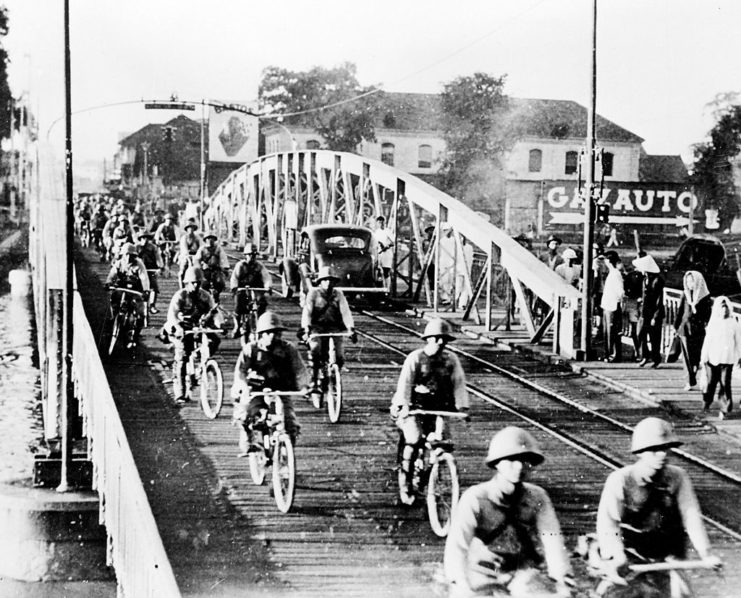
Strangely enough, the Japanese approach to conquering Indochina was laid back and low-tech. Japanese soldiers didn’t continue the attack with tanks and military vehicles but instead seized bicycles from local Malayan villagers – threatening them with death if they did not comply. Once victory was established at Kota Bharu, the Japanese planned to travel south by bike or on foot to Singapore for the next stage of the attack. This same strategy was used by Japanese troops prior to Kota Bharu and throughout the remainder of the war.
Preparations
While the attacks on Kota Bharu and Pearl Harbor were unprovoked, the British Army had feared that Imperial Japan would launch an attack to trigger their involvement in the war. In preparation for such attacks, Malaya was a popular spot for British and American forces to conduct training and maneuvers.
Countless intelligence operations conducted by the British army suggested that the Japanese were poised to attack British colonies in the Pacific. The Japanese were predicted to move in on neutral Thailand and could even strike British territories like Malaya or the Dutch territories throughout the East Indies. In case of an attack, the British established “Operation Matador.”
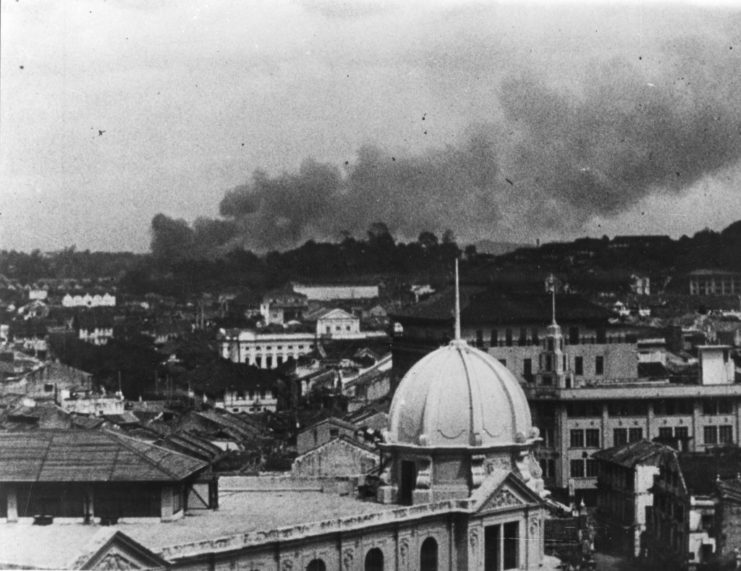
The contingency plan allowed British forces to enter Thailand (a violation of their neutral status) to stop the Japanese from seizing the territory. However Winston Churchill was reluctant to launch any orders unless the United States could support the British military – and the US couldn’t support the British unless they declared war. Essentially, both sides were locked into a frozen standoff which provided the Japanese military with the perfect conditions to attack and finally stake their claim in the war.
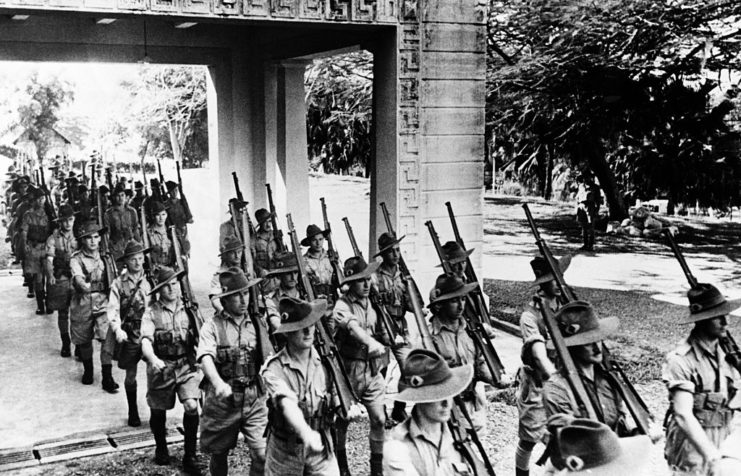
In preparation for the attack on Malaya, the Japanese assembled a small number of Malayan recruits called the “Tortoise Society” who assisted the Japanese in their plans to attack Kota Bharu and surrounding areas. The week leading up to Pearl Harbor and Kota Bharu continued to snowball into a series of unfortunate events.
Missed Signals
On December 2, 1941, the British Navy sent two new battleships, the Prince of Wales and the Repulse, to Singapore. Instead of sticking around to oversee the growing tensions in northern Thailand, the Repulse went on a two-week-long voyage to Australia. Tom Philips, the admiral in charge of British Malayan defenses at Kota Bharu, also left the island for a visit to the Philipines. With all the signs pointing to a Japanese attack, and no one around to intervene, nothing could stop the ensuing mayhem from unfolding.
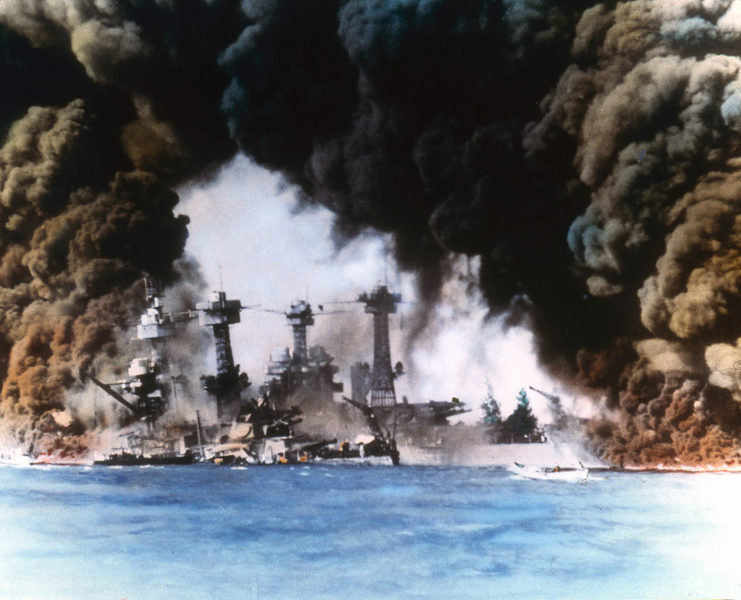
The attack on Pearl Harbor was especially shocking because of the focus Japan had on Thailand and other Indo-Chinese countries. The overwhelming intelligence that pointed to a possible attack in Malaya, Thailand, and Singapore was the perfect distraction to occupy the United States military long enough for the Japanese to attack Hawaii.
Legacy
Pearl Harbor remains one of the most horrifying attacks in US history. 2,403 people died on December 7, including 68 civilians. Once the attack began, President Franklin D. Roosevelt declared war on Japan within the hour. On December 11, Germany and Italy declared war on the United States. However, since the attack on British Malaya happened hours before Pearl Harbor, the UK declared war on Japan nine hours before the United States – making the Battle of Kota Bharu the British equivalent of Pearl Harbor (though the attack was on a much smaller scale).
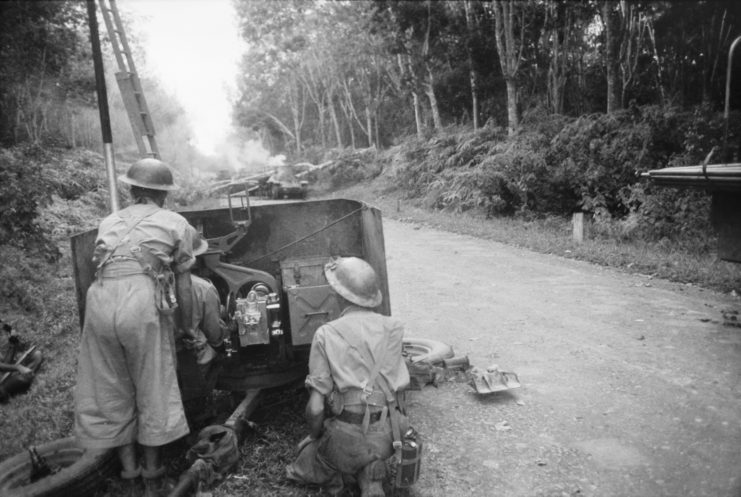
The attack on Kotu Bharu marked the start of the Malayan Campaign, which lasted until February 15, 1942. In total, 13,234 allied troops died in the conflict and another 130,000 were captured by the Japanese as prisoners of war.
The post Kota Bharu: How Imperial Japan Conquered British Malaya in the Most Unlikely Way appeared first on warhistoryonline.
Post a Comment
0 Comments